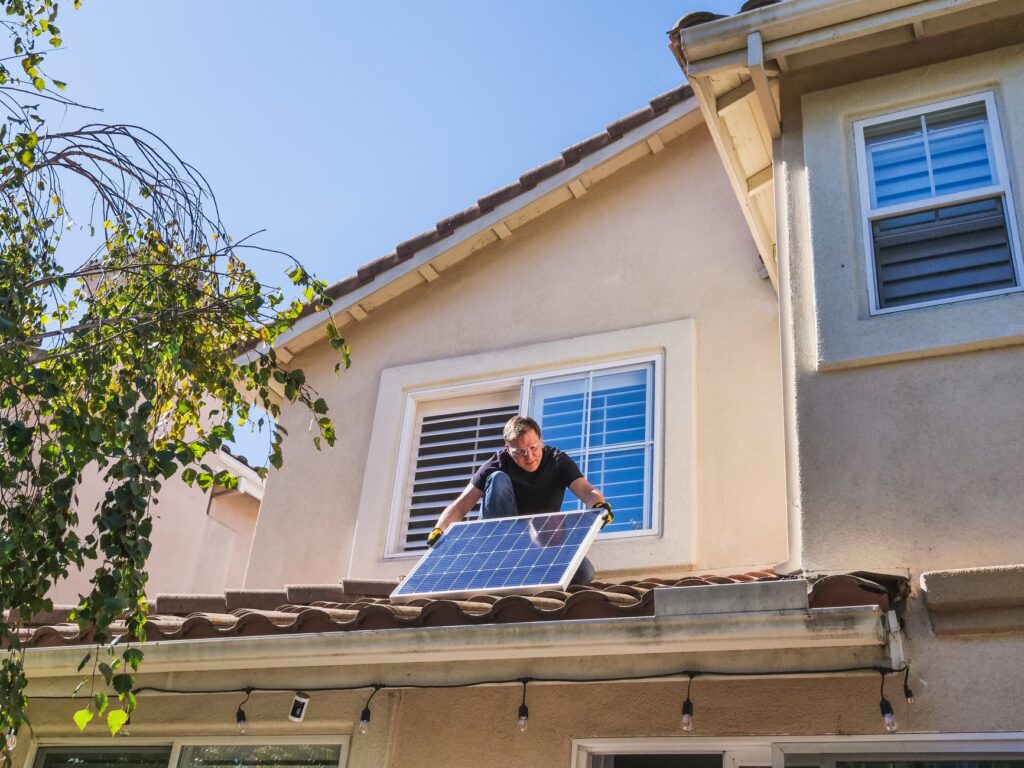Category: System
(8 von 100)
Why: We want to dive into IoT usages in the energy sector and see which challenges we have there.
The great hope for a quick and sweeping transition to renewable energy is wishful thinking.
Vaclav Smil
In a flash, here is how IoT might help boost renewable energy transformation!
Table of Contents
In Short
We need to monitor usage more accurately because the demand for electricity increased; growing house ownership, electric vehicles, etc. Additionally, the installation of renewable energy like solar panels puts a strain on the power grid, as it is fluctuating with external factors like weather and the sun.
The task is to save costs by scheduling the time to use our home appliances with renewable energy.
1. Collect Data
There are 2 ways to do this: centralized transactive energy approach or decentralized approach with PowerMatcher.
However, the problem with getting usage data from consumers is that we need to install Smart Meters. This caused a price hike and concerns of interoperability. Also, some consumers do not have access to wired or wireless connections.
2. Install Smart Meters
One solution is centralized transactive energy, where utility systems need to integrate with billing systems and distribution operations. The main challenge is the complexity of different power grid systems combining with renewable energy sources.
Another solution is decentralized transactive energy, where we use Energy Flexibility-Platform Interface (EF-PI) to connect with various sensor systems. It evaluates energy consumption from connected devices and renewable energy sources. Therefore, direct prices exchange with utilites is possible!
3. More on PowerMatcher
Learn more about the PowerMatcher framework here.
Result
With both approaches, we will reach the goal to incentivize prosumers to participate freely. Hence, we will utilize our renewable energy more efficiently. This will take continuous work from IoT engineers to monitor energy fluctuation with respect to infrastructure changes and renewable energy.
Now, the next question could be ‘How do we make sure that our privacy is kept?’
Yeah, classic IoT problem… We have it in energy sector too.
Reading material: Miller, W. J. (2017). Chapter 11 – Internet of things (IoT) for smart energy systems. In H. A. Gabbar (Ed.), Smart Energy Grid Engineering (pp. 237–244). Academic Press. https://doi.org/https://doi.org/10.1016/B978-0-12-805343-0.00011-5

